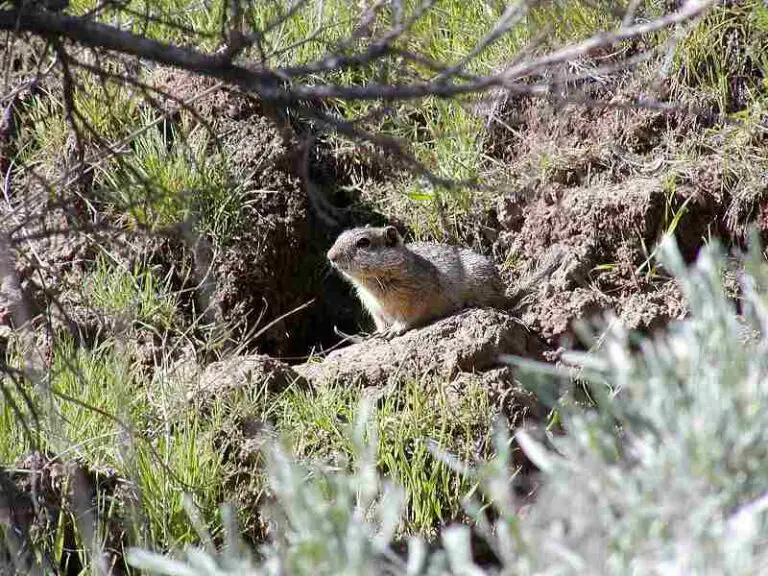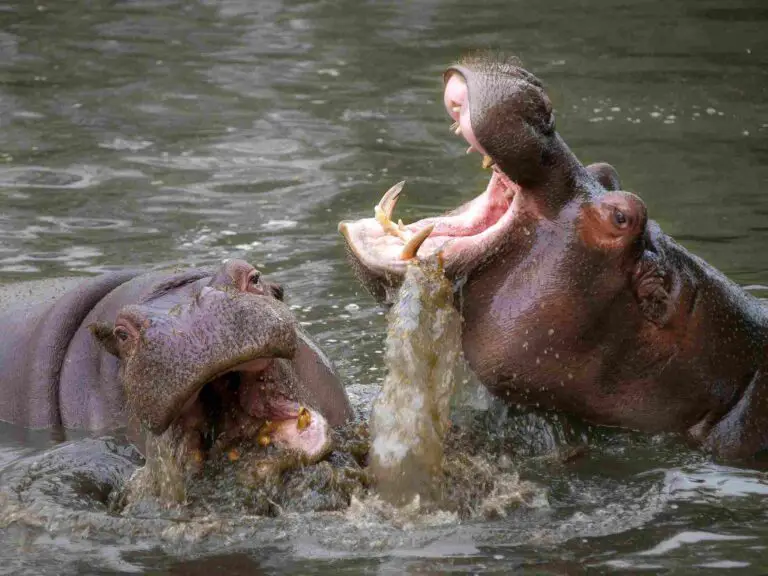Armadillo Vs Opossum Size, Weight, Overall Comparison
Comparing an armadillo to an opossum unveils intriguing aspects of these nocturnal creatures. While sharing similarities in nocturnal habits and size, they diverge significantly in appearance, with armadillos boasting bony protective plates, in contrast to the fur-covered opossums. Delving into their evolutionary relationships, the armadillo finds kinship with the anteater, while the opossum aligns itself with the Australian possum and kangaroo, showcasing the diversity of their lineages.
I. Nocturnal Habits and Similar Size:
– Both armadillos and opossums exhibit nocturnal behaviors, thriving in the cover of darkness. Additionally, they share a comparable size, navigating their respective environments under the veil of night.
II. Armadillo’s Bony Protective Plates:
– Armadillos possess distinctive bony plates that serve as protective armor. This unique feature sets them apart visually and provides a defense mechanism against potential threats, showcasing a stark contrast to the appearance of opossums.
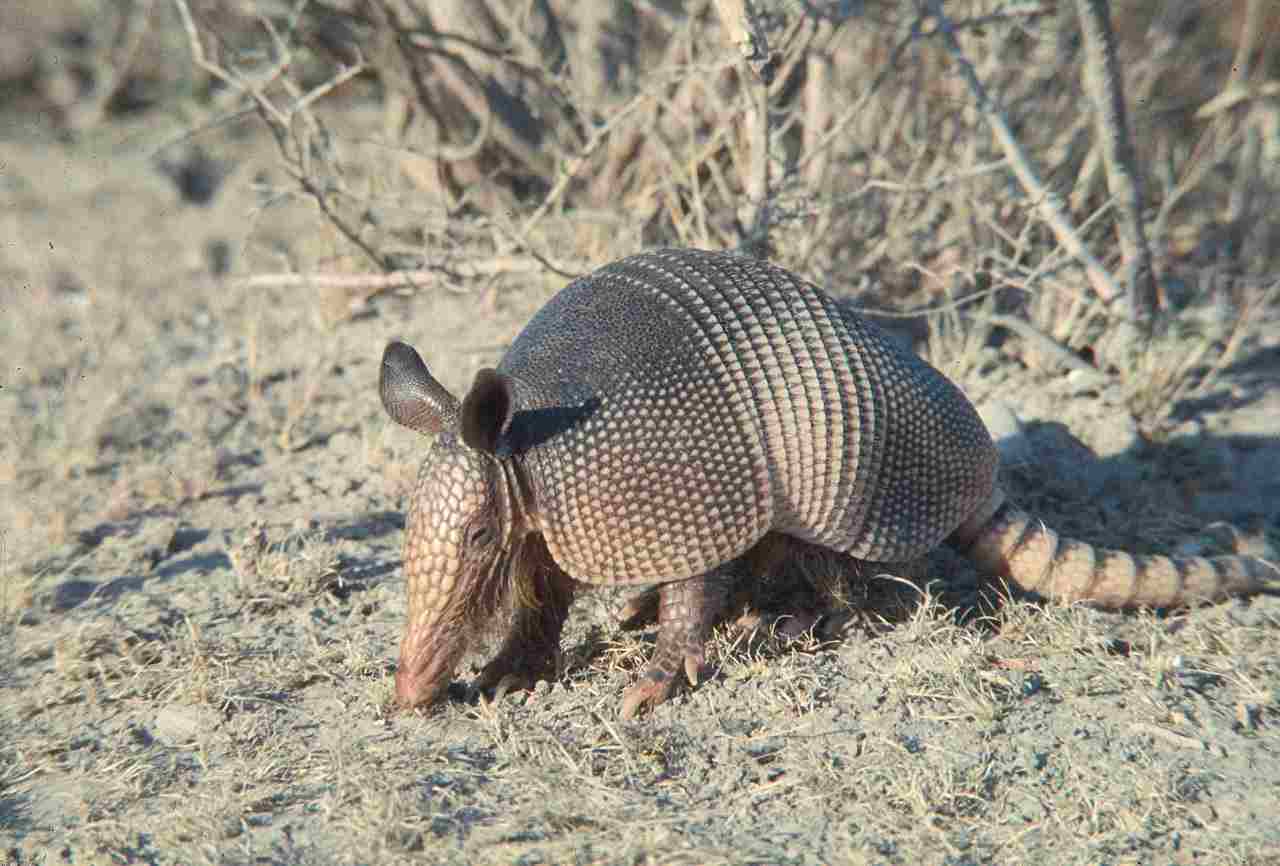
III. Opossum’s Fur-covered Exterior:
– In contrast, opossums are characterized by a fur-covered exterior, a trait that differentiates them aesthetically from armadillos. This fur serves various purposes, including insulation and camouflage, contributing to their distinct appearance.
IV. Evolutionary Relationships:
– Armadillos find their closest relative in the anteater, emphasizing shared evolutionary history. On the other hand, opossums’ lineage ties them to kangaroos and Australian possums, showcasing the fascinating diversity in the evolutionary paths of these nocturnal creatures.
V. Opossum’s Superior Predatory Features:
– In a potential confrontation, the opossum holds an advantage over the armadillo due to its superior predatory features, including speed and agility. This contrasts with the armadillo’s defensive strategy, highlighting the different survival tactics employed by these species.
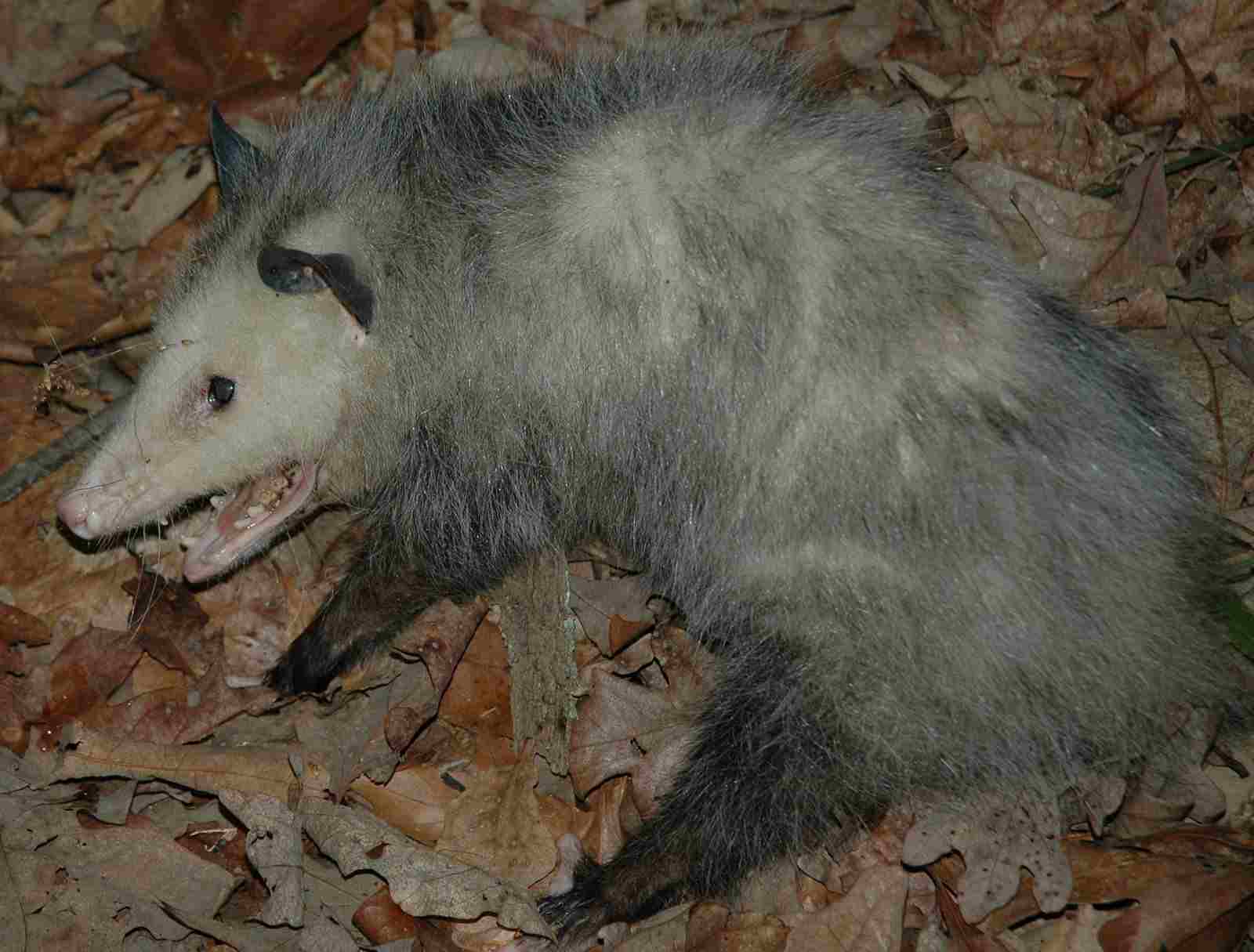
VI. Real-life Predator Dynamics:
– In a real-life encounter, the opossum’s swiftness and agility would likely give it an edge over the armadillo, showcasing the practical implications of their evolutionary adaptations in a competitive ecosystem.
VII. Conservation Implications:
– Recognizing the distinctive traits and potential conflicts between armadillos and opossums emphasizes the need for tailored conservation strategies. Ensuring the coexistence of these diverse species contributes to the overall health and balance of nocturnal ecosystems, promoting biodiversity conservation.
*Details of Comparison
| Criteria | Armadillo | Opossum |
| Taxonomy | Order: Cingulata
Family: Dasypodidae Subfamilies: Dasypodinae, Euphractinae, Tolypeutinae, Chlamyphorinae |
Order: Didelphimorphia
Family: Didelphidae
Subfamilies: Caluromyinae, Glironiinae, Didelphinae
|
| Appearance | Armored with bony plates, short legs, long tail |
Fur-covered body, pointed face, prehensile tail
|
| Size and Weight | Varies; up to 120 pounds |
Generally smaller; 1 to 14 pounds
|
| Bite Force (PSI) | Moderate | Moderate |
| Physical Offensive Advantages | Armored shell, strong digging claws |
Sharp teeth, claws, prehensile tail
|
| Physical Defensive Advantages | Armored shell, ability to roll into a ball |
Feigns death (“playing possum”), defensive behaviors
|
| Speed and Agility | Slower and less agile |
More agile, climbing, running speeds
|
| Senses | Relies more on sense of smell |
Combination of well-developed smell and hearing
|
| Overall Physical Capacity | Specialized for digging |
Versatile climbers and runners
|
| Habitat Preference(s) and Geographic Region | Adaptable across various environments in the Americas |
Adaptable across various environments in the Americas
|
| Tracks | Reflect digging behavior |
Five-toed pattern with heel pads
|
| Lifespan | Varies; generally longer lifespan |
Shorter lifespan; 2 to 4 years
|
| Mode of Feeding | Primarily insectivores, some omnivory |
Varied and omnivorous diet
|
| Intelligence | Limited cognitive abilities, problem-solving for foraging |
Moderate intelligence, problem-solving and memory
|
| Social Behavior | Mostly solitary, limited social interactions |
Mostly solitary, some tolerance for overlapping territories
|
| Mode of Reproduction | Slower reproductive rate, fewer offspring, delayed implantation |
Faster reproductive rate, larger litters, bifurcated reproductive tract
|
| Parental Behavior | Limited parental care, offspring become independent quickly |
Extensive parental care, carrying and nursing larger litters
|
| Proximity to Human-Inhabited Areas | Adaptable; found in suburban areas |
Highly adaptable to urban environments
|
| Behavior Toward Humans | Shy, may roll into a ball when threatened |
Generally not aggressive; may hiss or growl when threatened
|
| Danger Posed to Humans | Minimal danger, may carry and transmit diseases |
Minimal danger, generally not aggressive
|
| Associated Precautions | Avoid contact with bodily fluids, use protective gear when handling |
Exercise caution to prevent bites or scratches, maintain a safe distance
|
| Conservation Status | Varies among species, some face threats like habitat loss |
Generally of least concern, adaptable nature
|
Key Points
- Both species are adaptable to diverse habitats.
- They generally pose minimal danger to humans.
- Armadillos have an armored appearance and are primarily insectivores.
- Opossums have a fur-covered body, are more versatile in their diet, and exhibit higher agility.
- Conservation status varies among different armadillo species, while opossums are generally considered of least concern.
1. Taxonomy
Armadillo:
Order: Cingulata
Family: Dasypodidae
Subfamilies: Dasypodinae, Euphractinae, Tolypeutinae, Chlamyphorinae
Opossum:
Order: Didelphimorphia
Family: Didelphidae
Subfamilies: Caluromyinae, Glironiinae, Didelphinae
2. Appearance
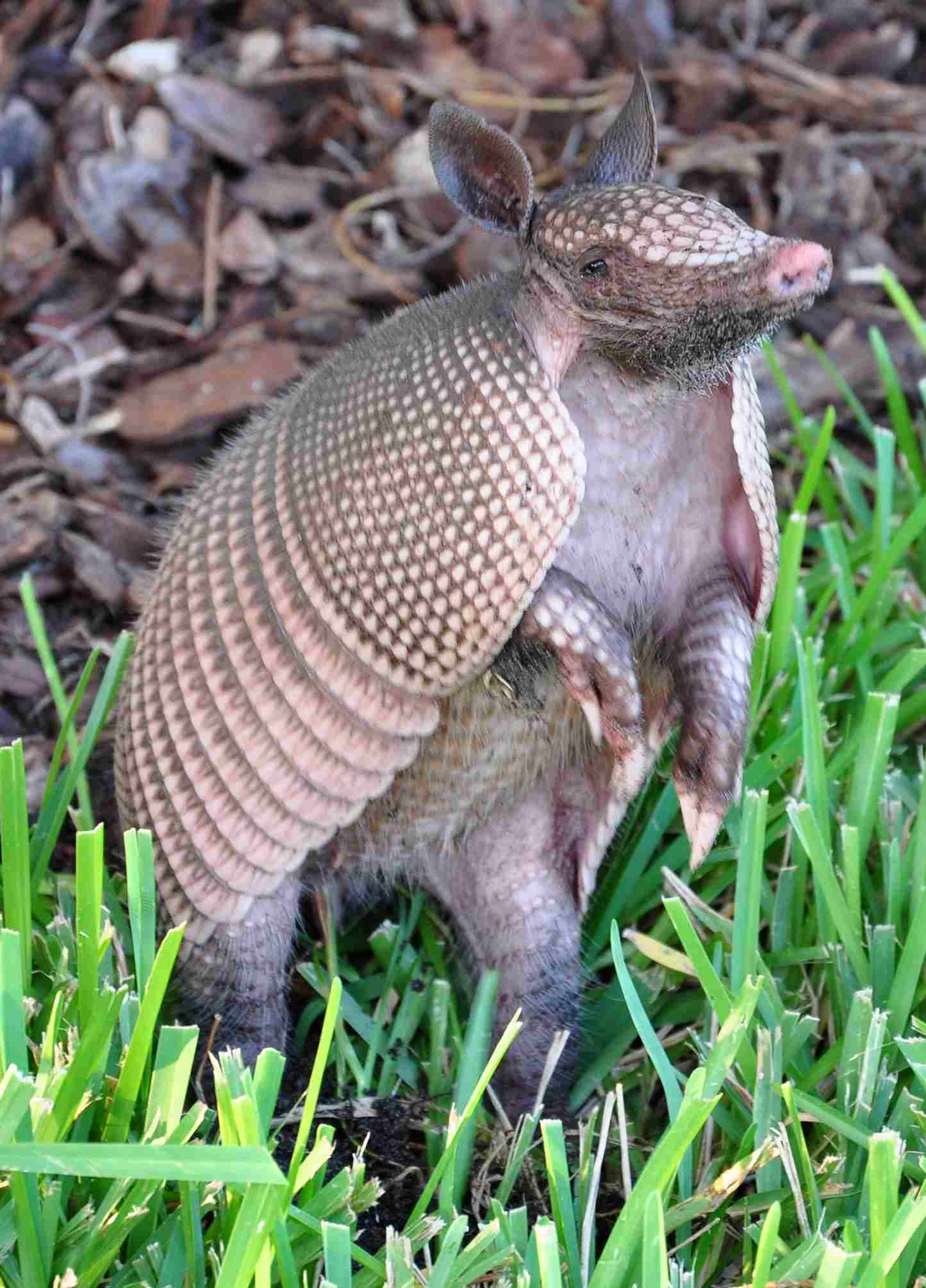
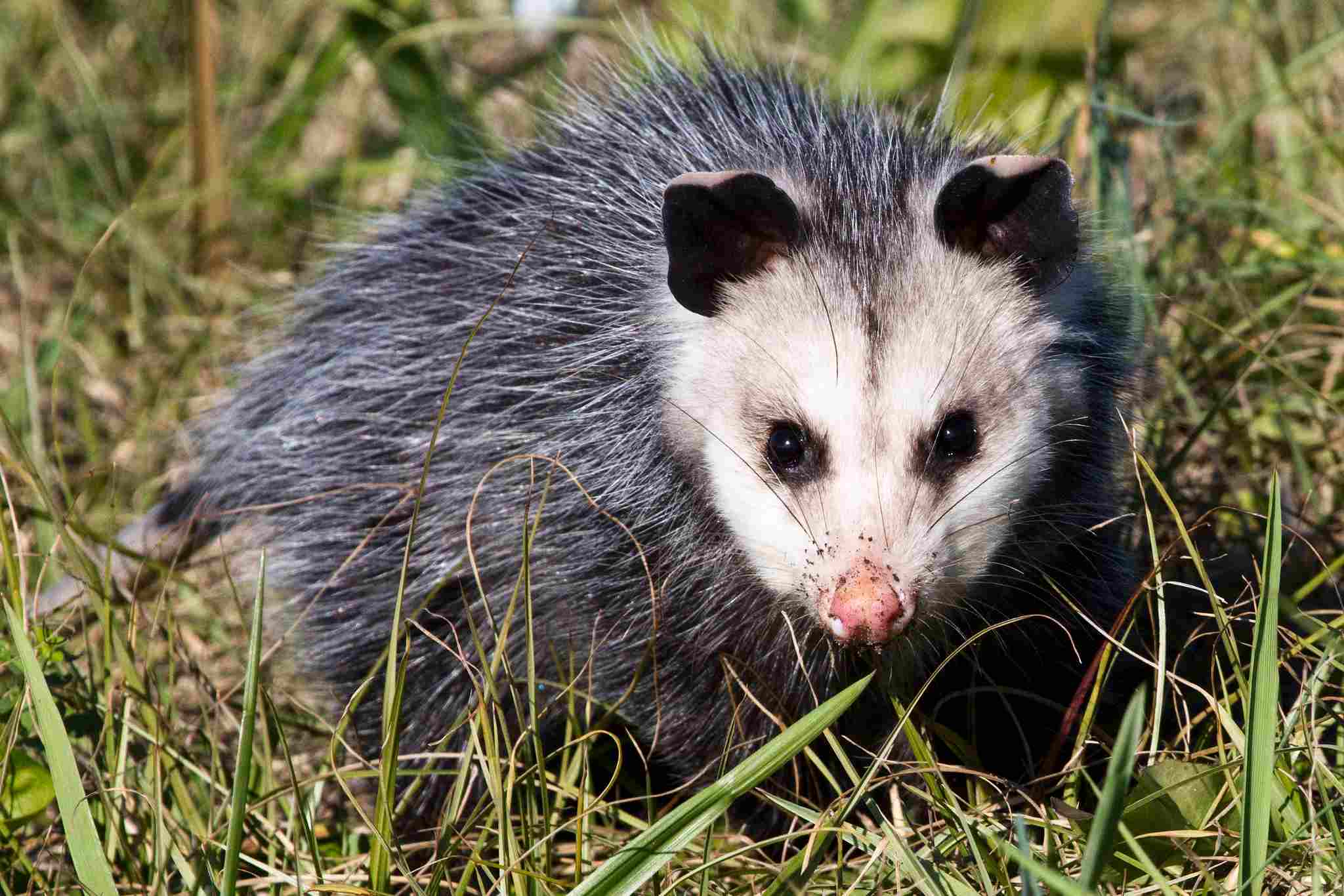
Armadillo:
Armored appearance with bony plates covering the body.
Short legs and a long tail; head often conical.
Adapted for digging with strong claws.
Opossum:
Fur-covered body with a prehensile tail.
Pointed face and sharp teeth.
Varied fur colors and patterns.
Comparison: Armadillos have a distinctive armored appearance, while opossums exhibit a fur-covered body with a unique prehensile tail.
Ecological Implications: Armadillos’ armor provides protection against predators, while opossums’ fur aids in insulation and camouflage, influencing their survival strategies.
3. Size
Armadillo:
Varies among species; typically 5 to 59 inches in length.
Weighs between 3 ounces and 120 pounds.
Opossum:
Smaller in size; typically 15 to 20 inches in length.
Weighs between 1 and 14 pounds.
Comparison: Armadillos generally exhibit a wider range in size, with some species significantly larger than opossums.
Ecological Implications: Size influences resource requirements and ecological roles; larger armadillo species may have different impacts on ecosystems compared to smaller opossums.
4. Weight
Armadillo:
Weight varies significantly among species.
Examples include the giant armadillo, weighing up to 120 pounds.
Opossum:
Generally lighter in weight compared to armadillos.
The Virginia opossum, for example, weighs around 4 to 14 pounds.
Comparison: Armadillos can reach substantially higher weights than opossums, contributing to different ecological roles and resource needs.
Ecological Implications: Weight influences factors like foraging patterns, habitat selection, and interaction with other species, shaping their ecological impact.
5. Bite Force (PSI)
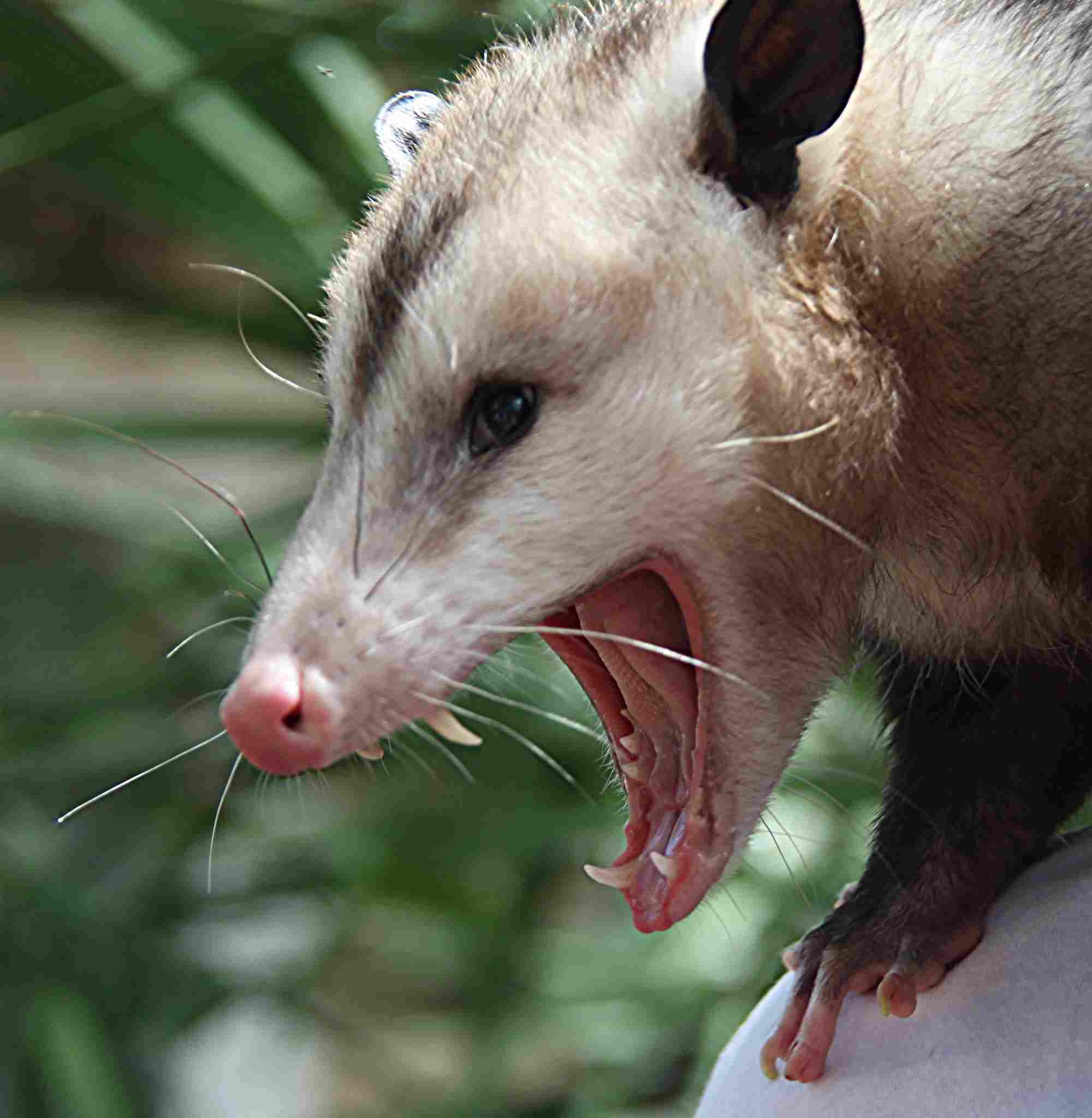
Armadillo:
Moderate bite force; adapted for feeding on insects and small invertebrates.
Opossum:
Moderate bite force; omnivorous diet, including small vertebrates.
Comparison: Both armadillos and opossums possess moderate bite forces suitable for their respective diets.
Ecological Implications: Bite force relates to feeding strategies, impacting the species’ role in controlling populations of prey items or scavenging.
6. Physical Offensive Advantages
Armadillo:
Armored shell provides protection against predators.
Strong digging claws aid in foraging and escaping.
Opossum:
Sharp teeth and claws for defense.
Prehensile tail can be used to grasp objects or aid in climbing.
Comparison: Armadillos rely on their armored shell for defense, while opossums use a combination of teeth, claws, and a prehensile tail.
Ecological Implications: These defensive adaptations influence their interactions with predators and other species in their ecosystems.
7. Physical Defensive Advantages

Armadillo:
Armored shell offers protection against predators.
Can roll into a ball to further shield vulnerable body parts.
Opossum:
Feigns death (“playing possum”) as a defense mechanism.
May hiss, growl, or show teeth when threatened.
Comparison: Armadillos’ armored shell and ability to roll into a ball provide unique defensive mechanisms, while opossums have a more dramatic feigning death strategy.
Ecological Implications: These defensive behaviors can impact predator-prey dynamics and the overall balance within their ecosystems.
8. Speed (Km/hour or Mile/hour)
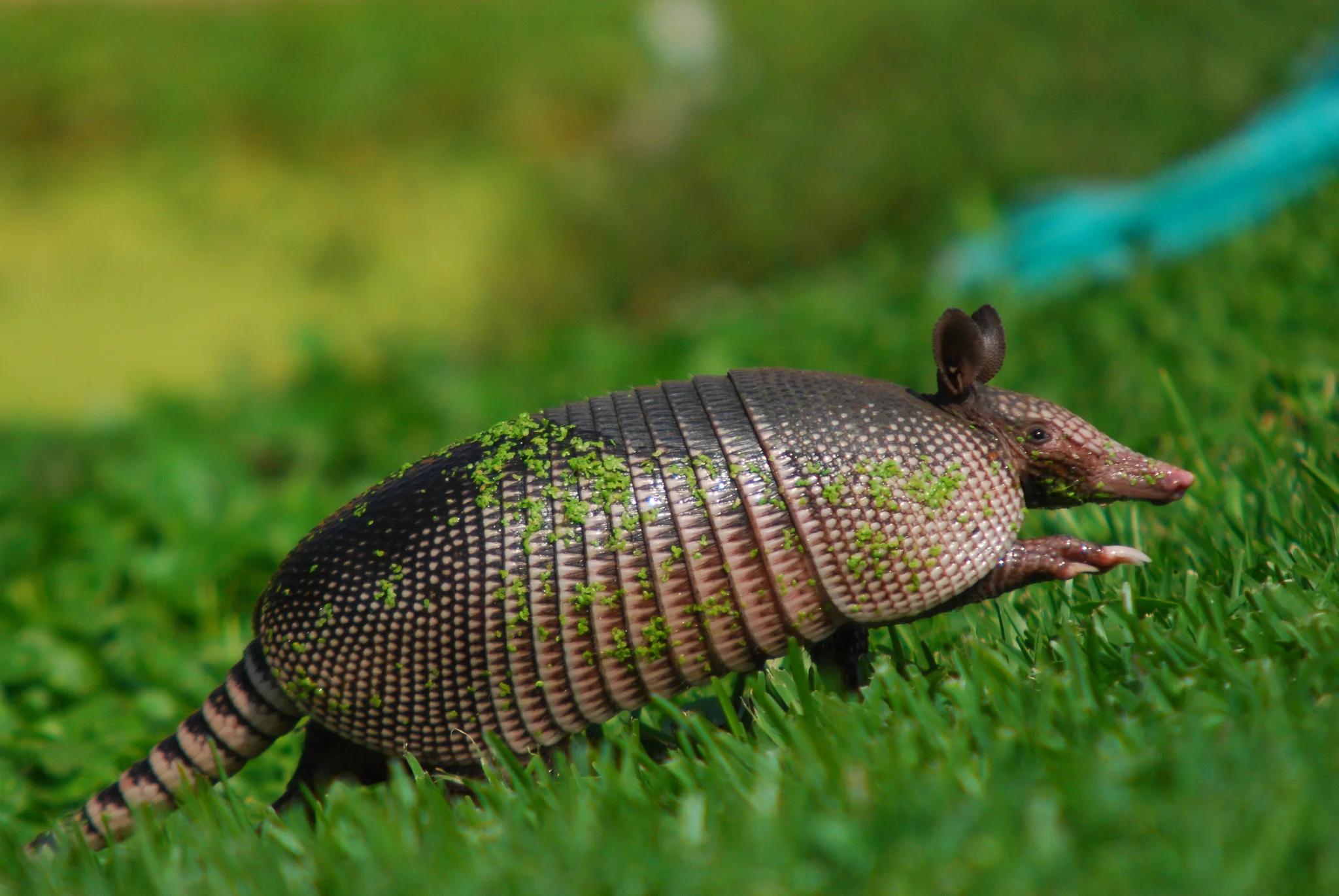
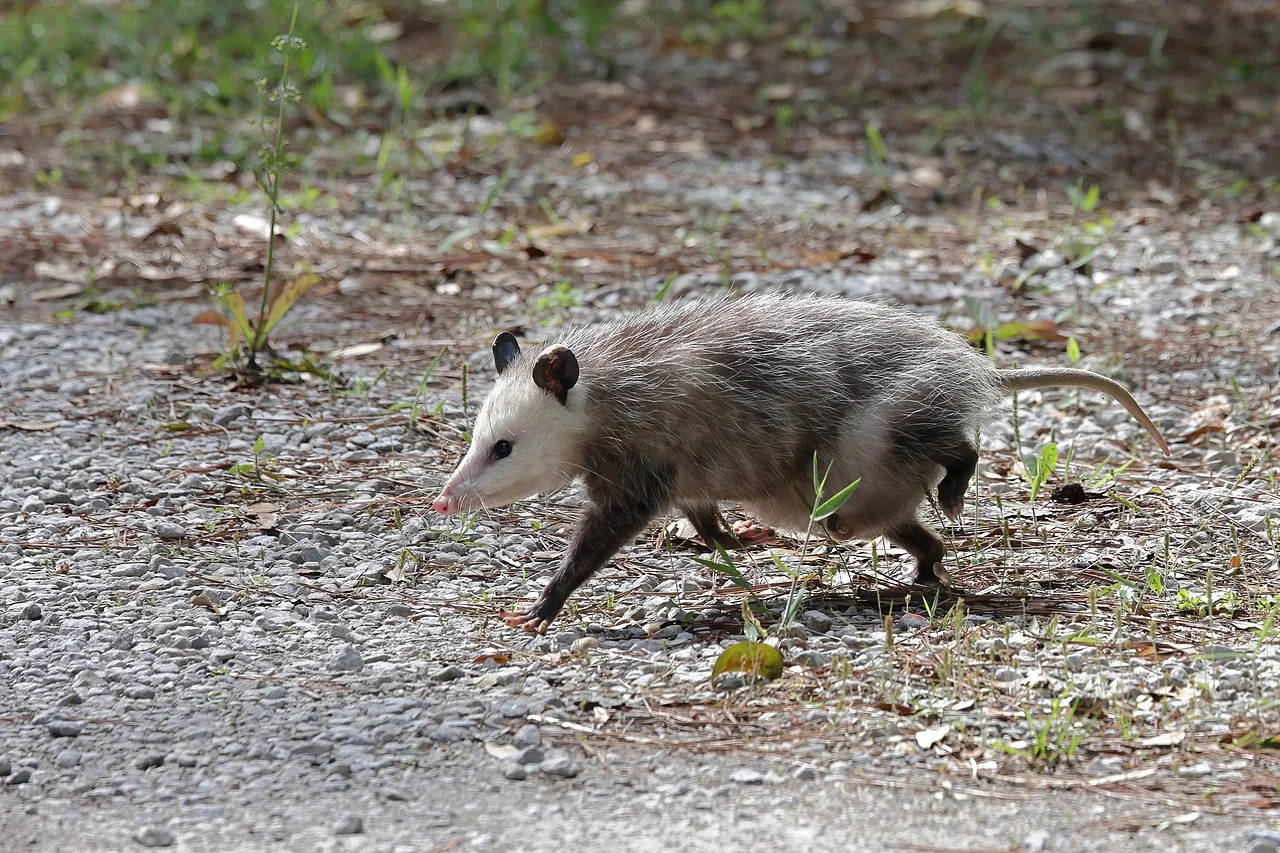
Armadillo:
Relatively slow-moving; adapted for digging and burrowing.
Speed varies among species but generally not known for high agility.
Opossum:
Agile climbers and runners; capable of reaching speeds around 4 to 7 miles per hour.
Comparison: Opossums generally exhibit greater agility and speed compared to armadillos.
Ecological Implications: Speed influences foraging efficiency, escape from predators, and overall mobility within their habitats.
9. Agility
Armadillo:
Limited agility due to the armored shell.
Well-adapted for digging but less maneuverable in open spaces.
Opossum:
High agility; capable of climbing trees and navigating various terrains.
Prehensile tail aids in balance and agility.
Comparison: Opossums showcase higher agility, particularly in climbing and navigating diverse environments, compared to armadillos.
Ecological Implications: Agility influences habitat use and resource access, contributing to the ecological roles each species plays in their ecosystems.
10. Senses
Armadillo:
Limited eyesight; primarily relies on a keen sense of smell.
Tactile whiskers aid in navigating dark burrows.
Opossum:
Well-developed sense of smell and hearing.
Eyesight adapted for nocturnal activity.
Comparison: Armadillos rely more on their sense of smell, while opossums have a combination of well-developed smell and hearing.
Ecological Implications: Sensory adaptations influence their foraging strategies, predator detection, and overall survival in their respective habitats.
11. Overall Physical Capacity
Armadillo:
Specialized for digging and burrowing.
Moderate endurance and strength for their size.
Opossum:
Versatile climbers and runners.
Adapted for a range of activities, including scavenging and predation.
Comparison: Armadillos are specialized for digging, while opossums exhibit versatility in climbing, running, and scavenging.
Ecological Implications: These physical capacities shape their roles in nutrient cycling, habitat modification, and interactions with other species.
12. Habitat Preference(s) and Geographic Region
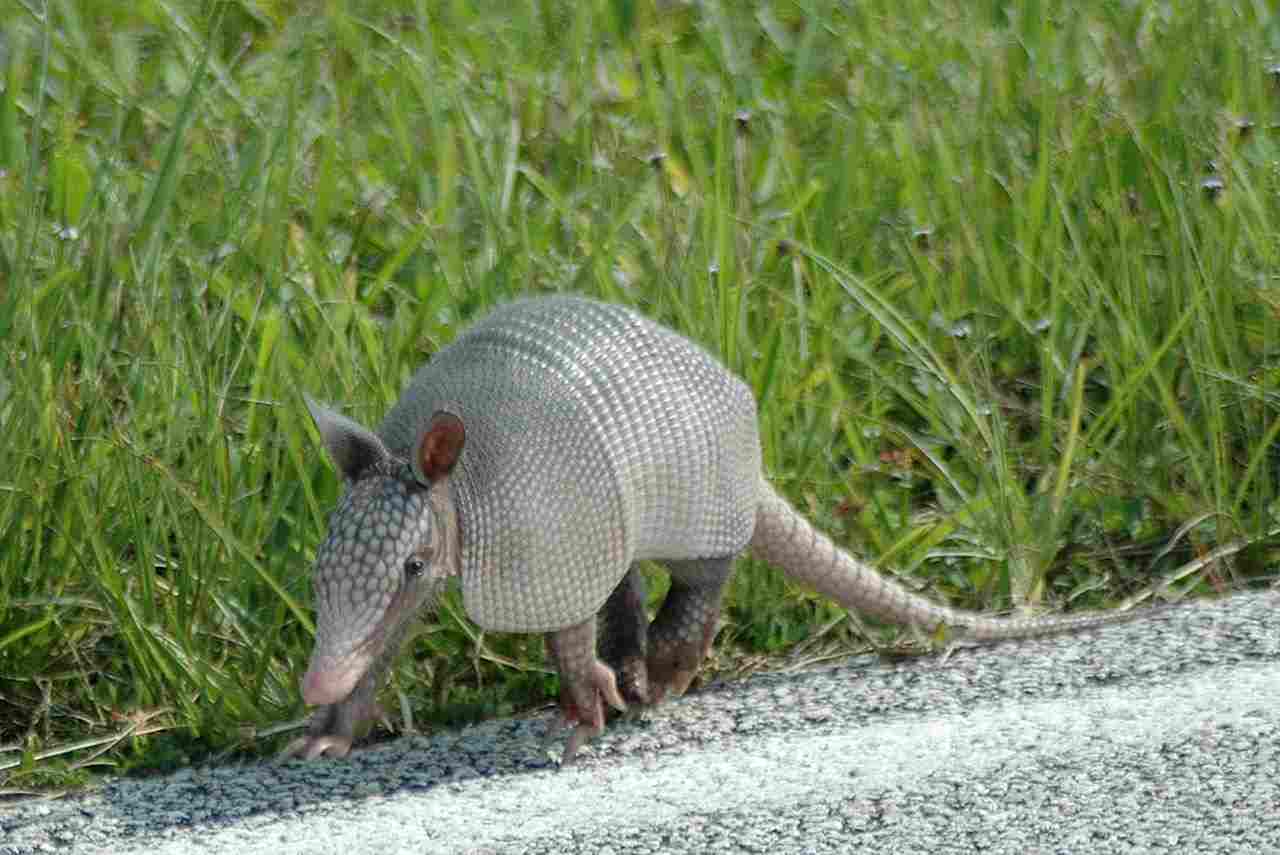
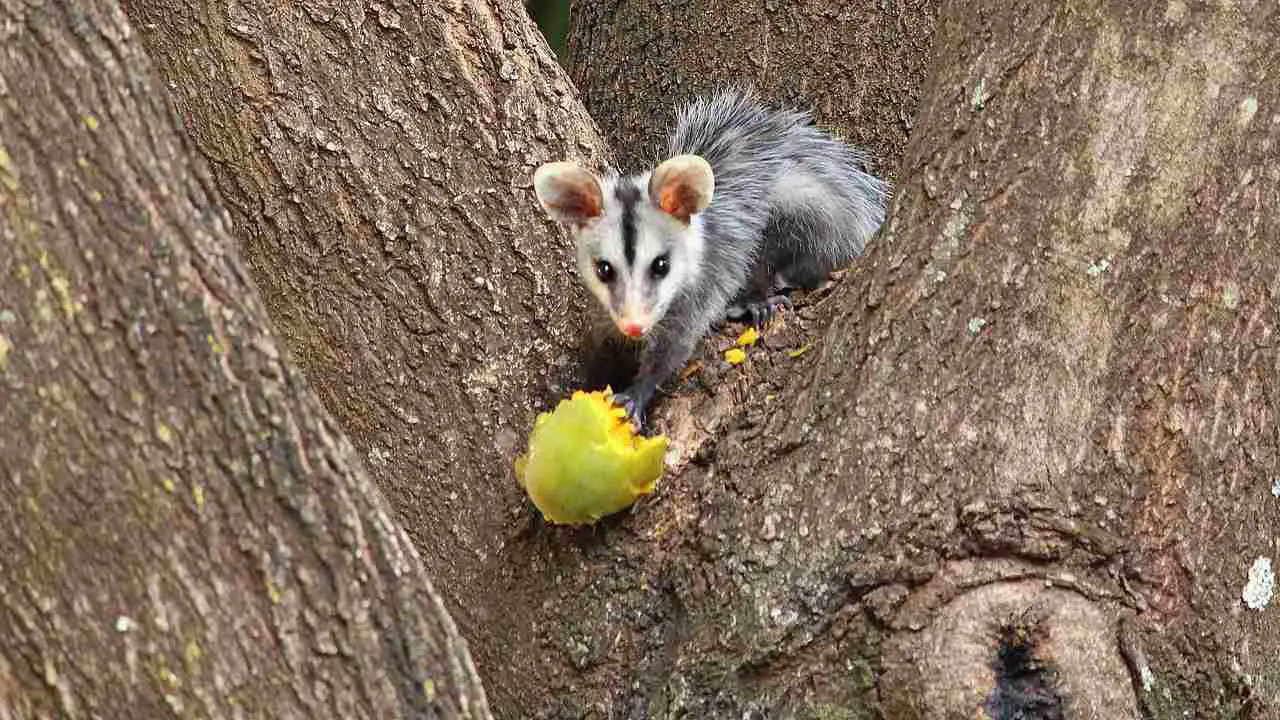
Armadillo:
Various species inhabit diverse habitats, including grasslands, forests, and deserts.
Found in the Americas, from the southern United States to South America.
Opossum:
Adaptable to various environments, including forests, urban areas, and grasslands.
Distributed across North and South America.
Comparison: Both species exhibit adaptability to diverse habitats across the Americas.
Ecological Implications: Habitat preferences impact their interactions with other species and their ability to thrive in different ecosystems.
13. Tracks
Armadillo:
Clawed tracks with a distinctive pattern reflecting their digging behavior.
Tracks may vary among different armadillo species.
Opossum:
Five-toed tracks with distinct heel pads.
Tail drag mark may be visible in tracks.
Comparison: Armadillo tracks reflect their digging habits, while opossum tracks showcase a distinct five-toed pattern.
Ecological Implications: Tracking allows researchers and ecologists to study their presence, behavior, and movements within ecosystems.
14. Lifespan
Armadillo:
Lifespan varies among species.
Generally ranges from 4 to 30 years in captivity.
Opossum:
Shorter lifespan compared to armadillos.
Typically lives around 2 to 4 years in the wild.
Comparison: Armadillos generally have a longer lifespan compared to opossums.
Ecological Implications: Lifespan influences population dynamics, reproductive strategies, and overall species persistence in ecosystems.
15. Mode of Feeding
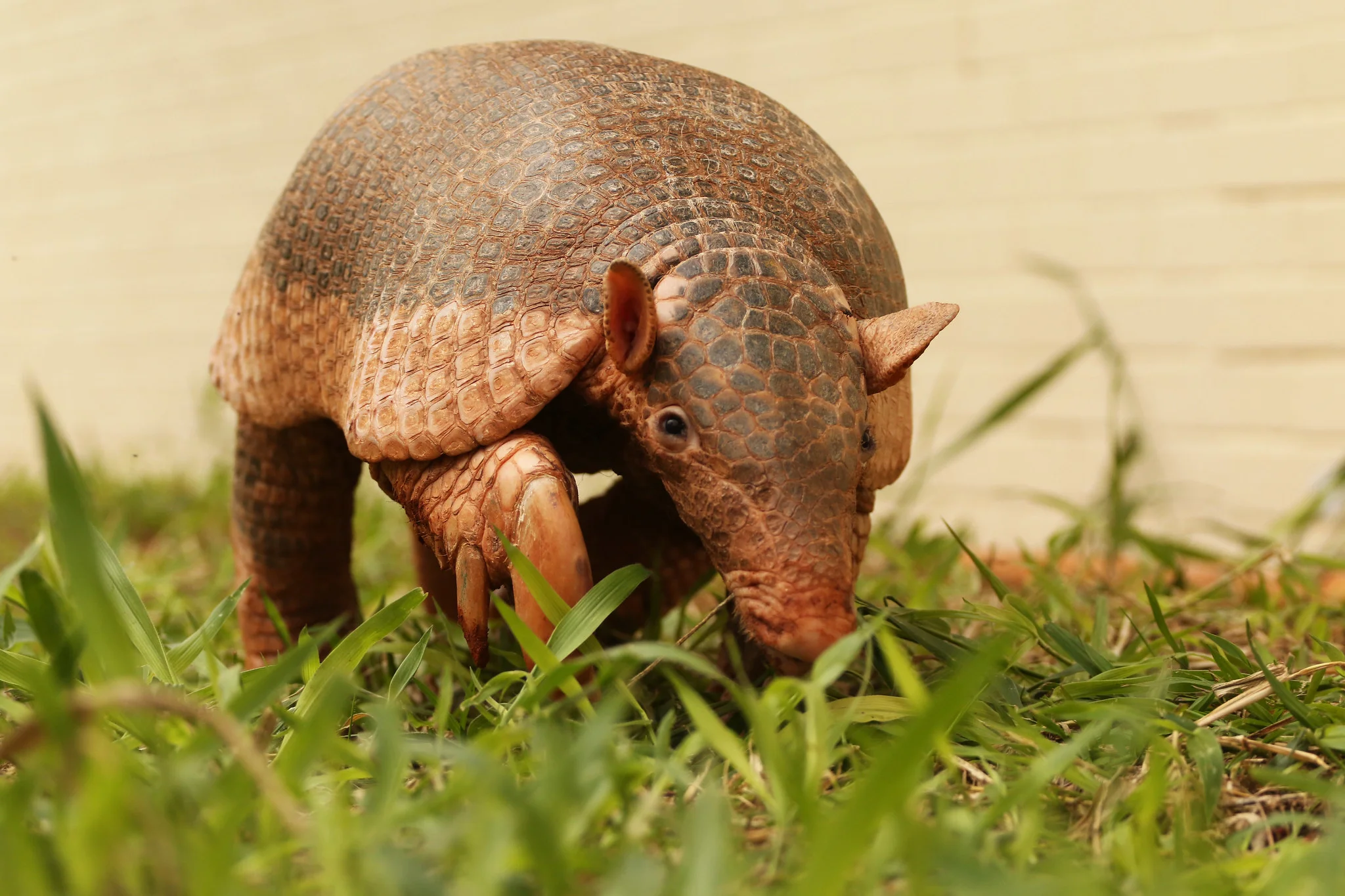
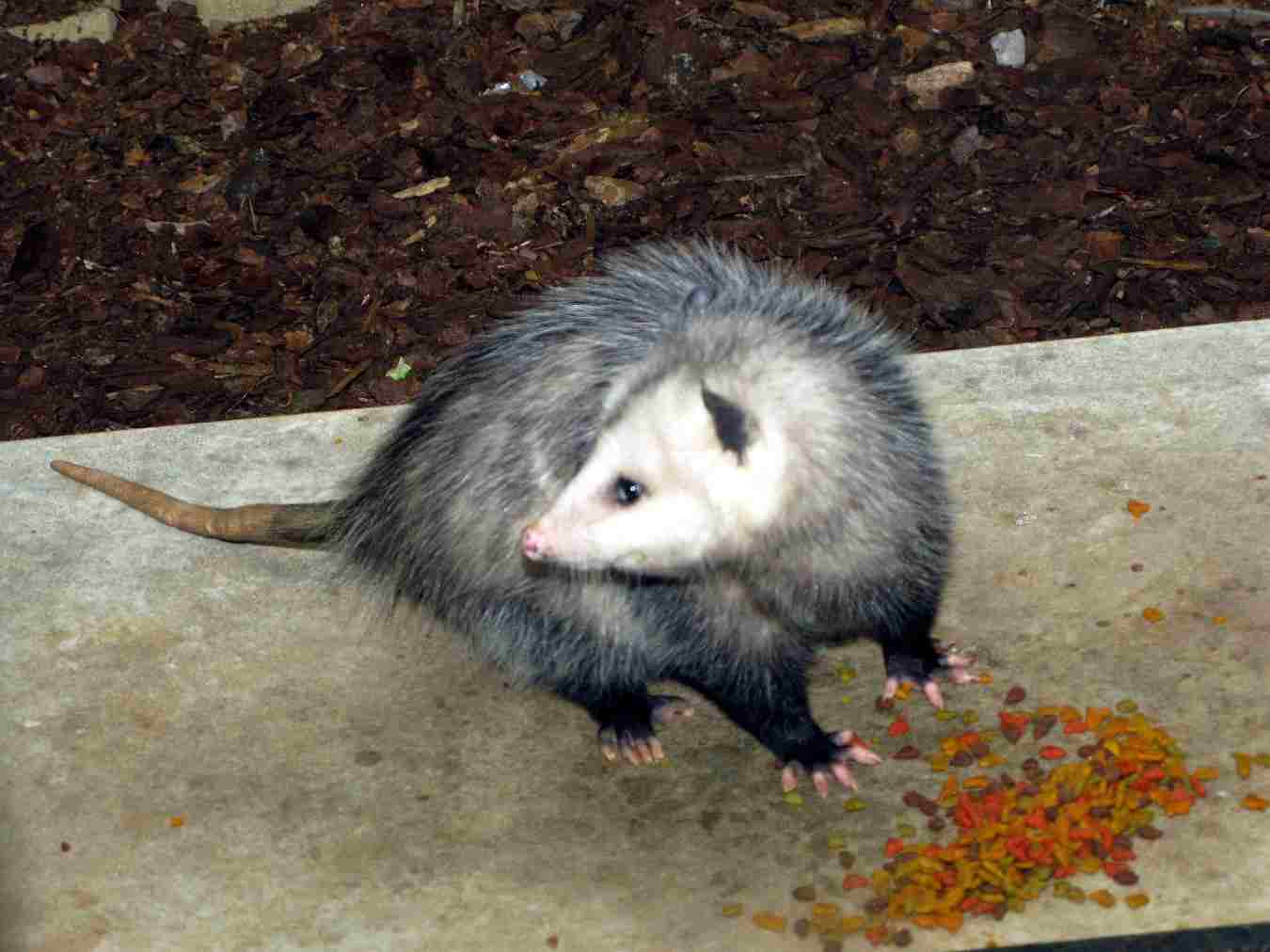
Armadillo:
Insectivorous diet, feeding on ants, termites, and other invertebrates.
May also consume small vertebrates and plant matter.
Opossum:
Omnivorous diet, including insects, small vertebrates, fruits, and carrion.
Opportunistic feeders with varied dietary preferences.
Comparison: Armadillos are primarily insectivores, while opossums exhibit a more varied and omnivorous diet.
Ecological Implications: Feeding habits influence nutrient cycling, pest control, and interactions with other species in their ecosystems.
16. Intelligence
Armadillo:
Limited cognitive abilities; primarily instinct-driven behavior.
Known for problem-solving skills related to foraging.
Opossum:
Display moderate intelligence; capable of learning and adapting to changing environments.
Exhibit problem-solving skills and memory.
Comparison: Opossums generally exhibit higher cognitive abilities compared to armadillos.
Ecological Implications: Intelligence impacts their ability to adapt to environmental changes, find food, and interact with other species.
17. Social Behavior
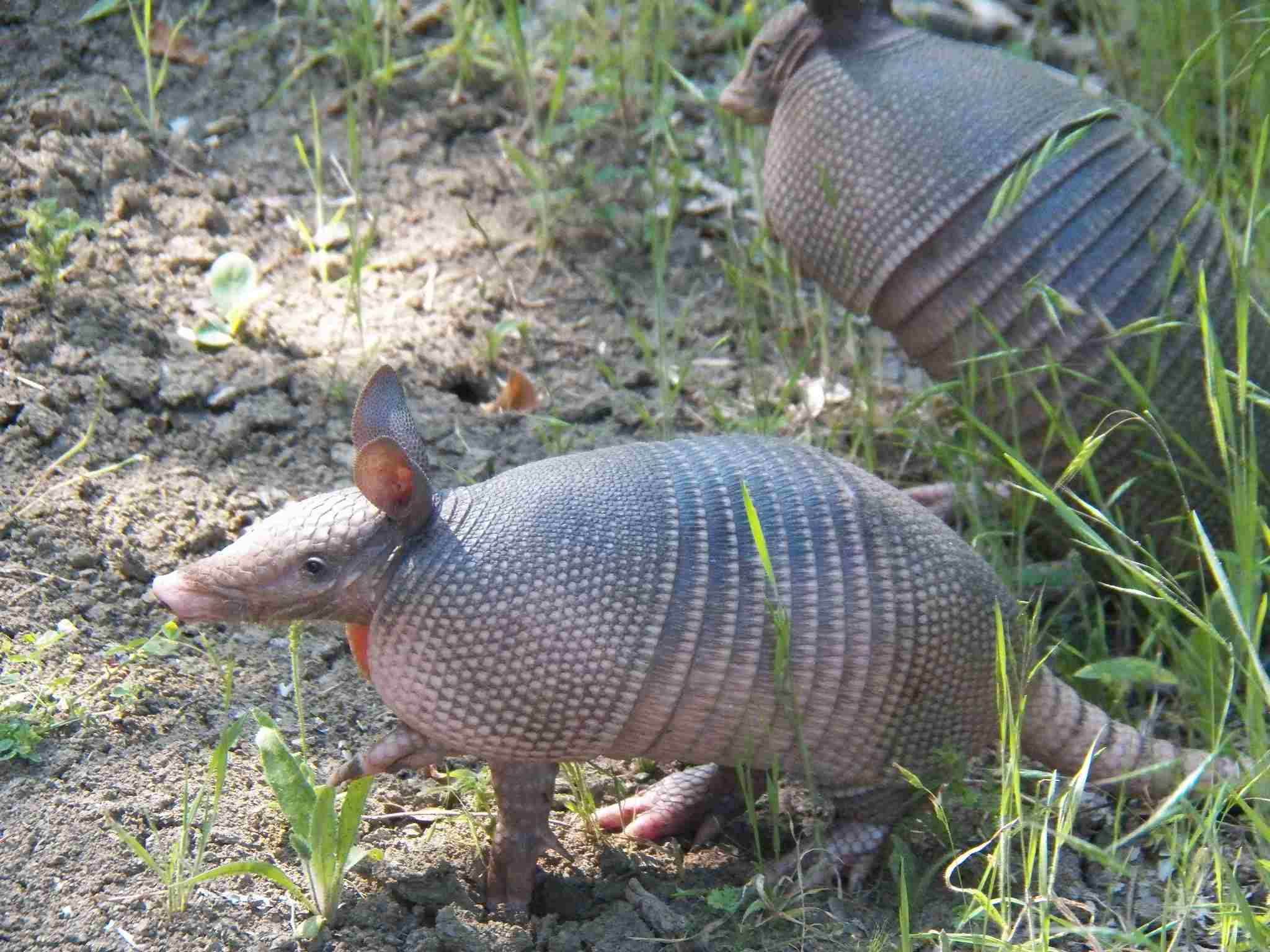
Armadillo:
Mostly solitary, with some exceptions during mating season or parental care.
Limited social interactions.
Opossum:
Generally solitary but may tolerate others in overlapping territories.
Social behavior varies by species.
Comparison: Both species are primarily solitary, but opossums may exhibit more tolerance for overlapping territories.
Ecological Implications: Social behavior influences mating strategies, resource competition, and potential cooperation within their ecosystems.
18. Mode of Reproduction
Armadillo:
Typically gives birth to a single offspring per pregnancy.
Delayed implantation may occur, allowing synchronization with environmental conditions.
Opossum:
Reproduces quickly and produces larger litters.
Females have a bifurcated reproductive tract.
Comparison: Armadillos generally have a slower reproductive rate with fewer offspring compared to the more prolific opossums.
Ecological Implications: Reproductive strategies impact population dynamics, genetic diversity, and resilience to environmental changes.
19. Parental Behavior
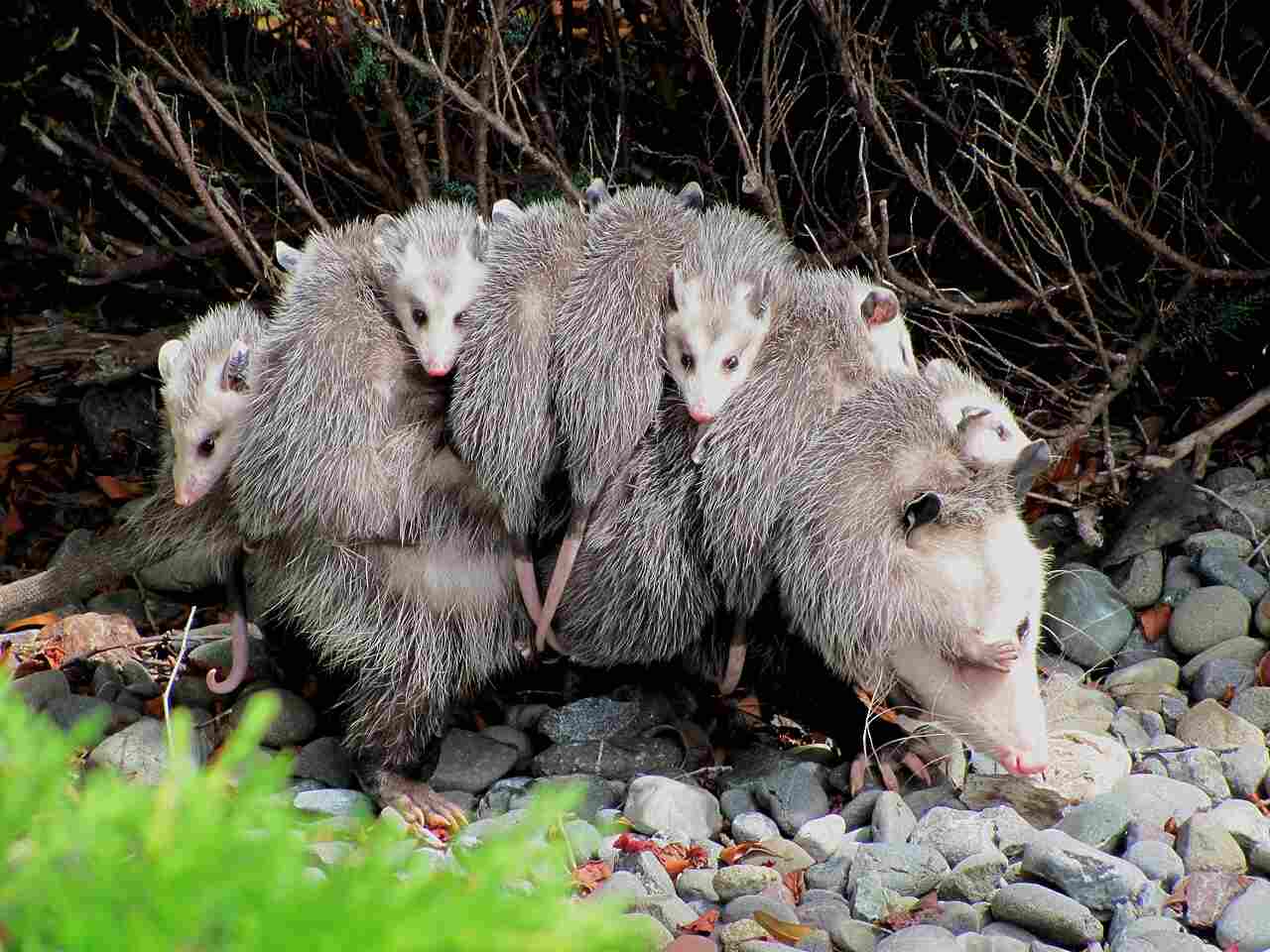
Armadillo:
Limited parental care; offspring become independent quickly.
Armored shell provides initial protection.
Opossum:
Females provide maternal care, carrying and nursing larger litters.
Young are carried in the mother’s pouch and later on her back.
Comparison: Opossums exhibit more extensive parental care compared to armadillos.
Ecological Implications: Parental behavior influences the survival rates of offspring and overall population dynamics.
20. Proximity to Human-Inhabited Areas
Armadillo:
May be found in suburban areas with suitable habitat.
Known for digging in lawns and gardens.
Opossum:
Highly adaptable to urban environments.
Commonly encountered in residential areas, scavenging for food.
Comparison: Both species show adaptability to human-inhabited areas, with opossums being more commonly found in urban environments.
Ecological Implications: Proximity to humans can lead to interactions, both positive and negative, influencing the species’ survival and behavior.
21. Behavior Toward Humans
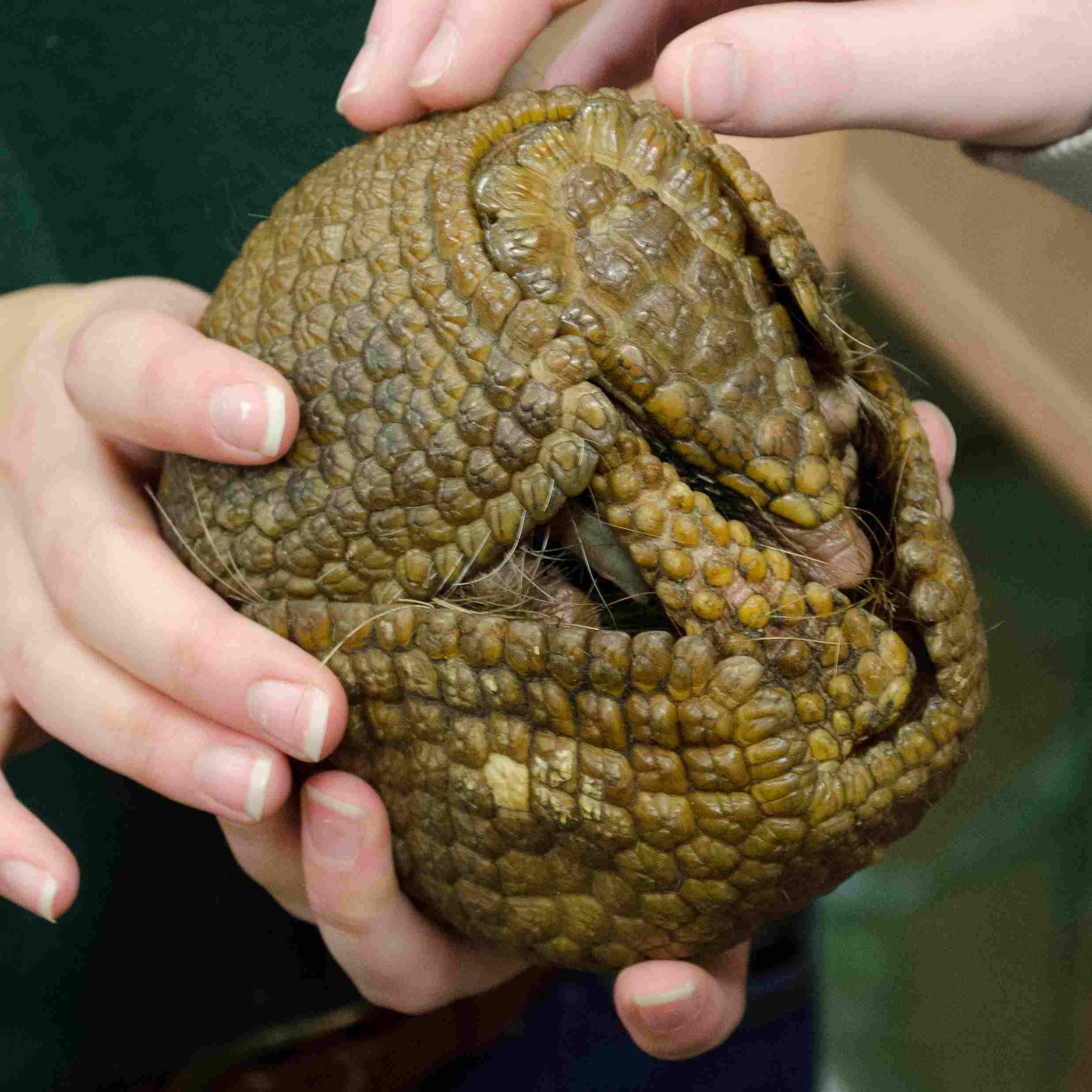
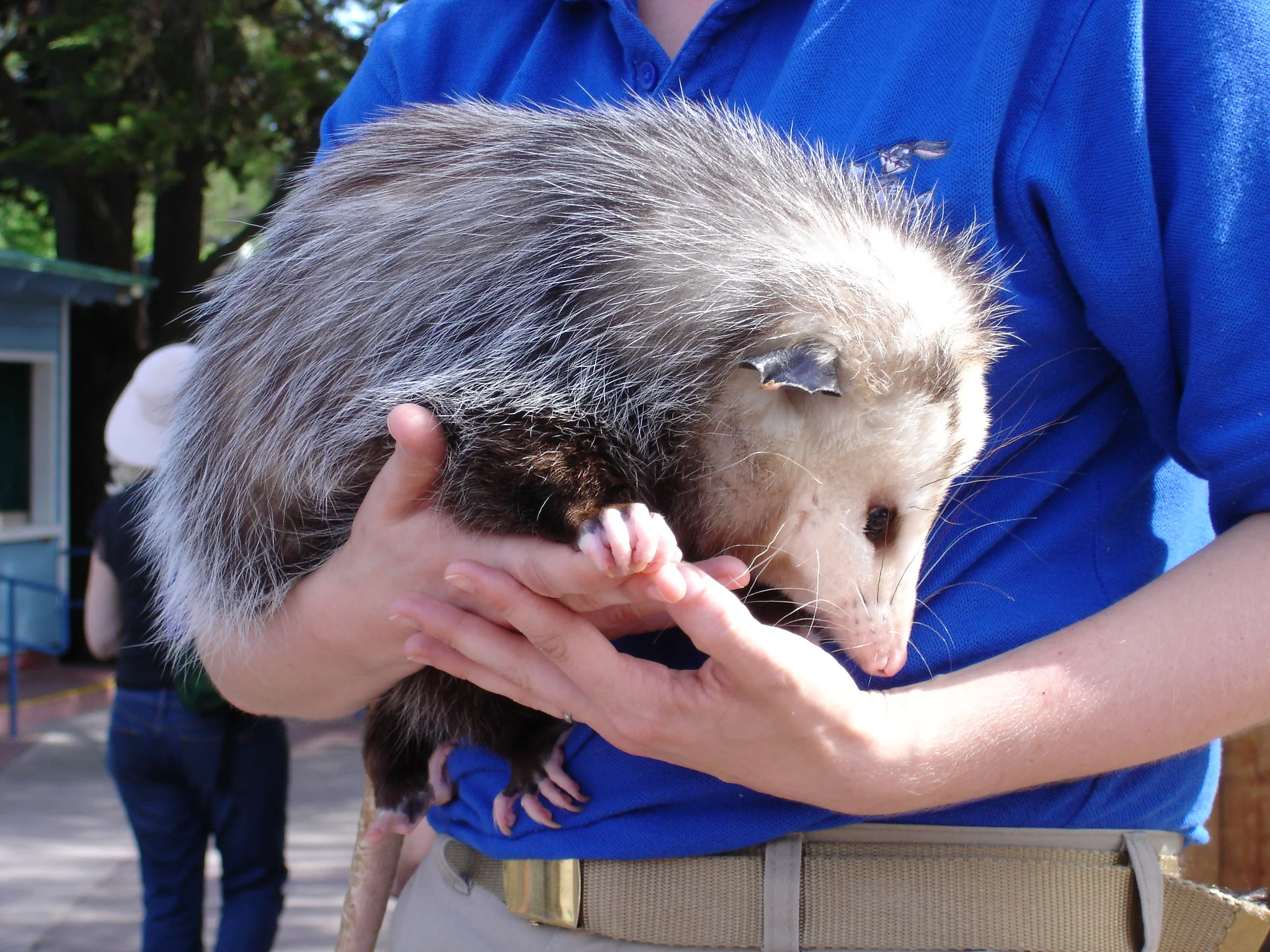
Armadillo:
Generally shy and may roll into a defensive ball when threatened.
Can carry diseases transmissible to humans.
Opossum:
May hiss or growl when threatened but often avoids confrontation.
Generally not aggressive toward humans.
Comparison: Both species exhibit defensive behaviors, but armadillos are known to carry diseases that can be transmitted to humans.
Ecological Implications: Human-wildlife interactions impact the perception and conservation of these species, as well as potential disease transmission risks.
22. Danger Posed to Humans
Armadillo:
Generally poses minimal danger to humans.
May carry and transmit diseases such as leprosy.
Opossum:
Typically not dangerous to humans.
May hiss or growl if threatened but rarely poses physical harm.
Comparison: Both armadillos and opossums generally pose minimal danger to humans.
Ecological Implications: Understanding potential risks to humans is essential for coexistence and conservation efforts.
23. Associated Precautions

Armadillo:
Avoid direct contact, especially with bodily fluids, to prevent disease transmission.
Use protective gear when handling or removing armadillo habitats.
Opossum:
Exercise caution when encountering opossums to prevent bites or scratches.
Keep a safe distance and avoid provoking defensive behaviors.
Comparison: Similar precautions should be taken when interacting with both species to minimize potential risks.
Ecological Implications: Human behaviors and precautions can impact the safety and well-being of these wildlife species in shared environments.
24. Conservation Status
Armadillo:
Conservation status varies among species.
Some are of least concern, while others face threats such as habitat loss.
Opossum:
Generally considered of least concern in terms of conservation.
Adaptable nature contributes to stable populations.
Comparison: Opossums are generally of least concern, while certain armadillo species may face specific conservation challenges.
Ecological Implications: Conservation status reflects the impact of human activities on these species and the need for targeted conservation efforts.
*Summary of Comparison
Similarities:
Both armadillos and opossums are adaptable to diverse habitats.
They generally pose minimal danger to humans.
Differences:
Taxonomy:
Armadillos belong to the order Cingulata, family Dasypodidae, with subfamilies Dasypodinae, Euphractinae, Tolypeutinae, Chlamyphorinae.
Opossums belong to the order Didelphimorphia, family Didelphidae, with subfamilies Caluromyinae, Glironiinae, Didelphinae.
Appearance:
Armadillos have an armored appearance with bony plates, short legs, and a long tail.
Opossums have a fur-covered body, pointed face, and a prehensile tail.
Size and Weight:
Armadillos vary widely in size and weight, with some species reaching up to 120 pounds.
Opossums are generally smaller, with a weight range of 1 to 14 pounds.
Bite Force (PSI):
Both species have a moderate bite force, adapted to their respective diets.
Physical Offensive and Defensive Advantages:
Armadillos rely on an armored shell and strong digging claws.
Opossums use sharp teeth, claws, and a prehensile tail for defense.
Speed and Agility:
Armadillos are slower and less agile due to their armored shell.
Opossums exhibit higher agility, climbing, and running speeds.
Senses:
Armadillos rely more on a keen sense of smell, while opossums have a combination of well-developed smell and hearing.
Overall Physical Capacity:
Armadillos are specialized for digging, while opossums are versatile climbers and runners.
Habitat Preference(s) and Geographic Region:
Both species are adaptable to various environments across the Americas.
Tracks:
Armadillo tracks reflect digging behavior, while opossum tracks show a five-toed pattern.
Lifespan:
Armadillos generally have a longer lifespan than opossums.
Mode of Feeding:
Armadillos are primarily insectivores, while opossums have a more varied and omnivorous diet.
Intelligence:
Opossums generally exhibit higher cognitive abilities.
Social Behavior:
Both species are primarily solitary, with opossums exhibiting more tolerance for overlapping territories.
Mode of Reproduction and Parental Behavior:
Armadillos have a slower reproductive rate with fewer offspring and limited parental care.
Opossums reproduce quickly with larger litters and more extensive parental care.
Proximity to Human-Inhabited Areas and Behavior Toward Humans:
Both species adapt to human-inhabited areas, with opossums more commonly found in urban environments.
Armadillos may carry diseases transmissible to humans, while opossums generally avoid confrontation.
Danger Posed to Humans and Associated Precautions:
Both generally pose minimal danger, with precautions needed to avoid potential risks.
Conservation Status:
Conservation status varies among armadillo species, while opossums are generally considered of least concern.
Conclusion
I. Similarities
Both armadillos and opossums exhibit adaptability to diverse habitats.
They generally pose minimal danger to humans.
II. Differences
Armadillos have an armored appearance and are primarily insectivores.
Opossums are more versatile in their diet, exhibit higher agility, and show more extensive parental care.
Conservation status varies among different armadillo species, while opossums are generally considered of least concern.
